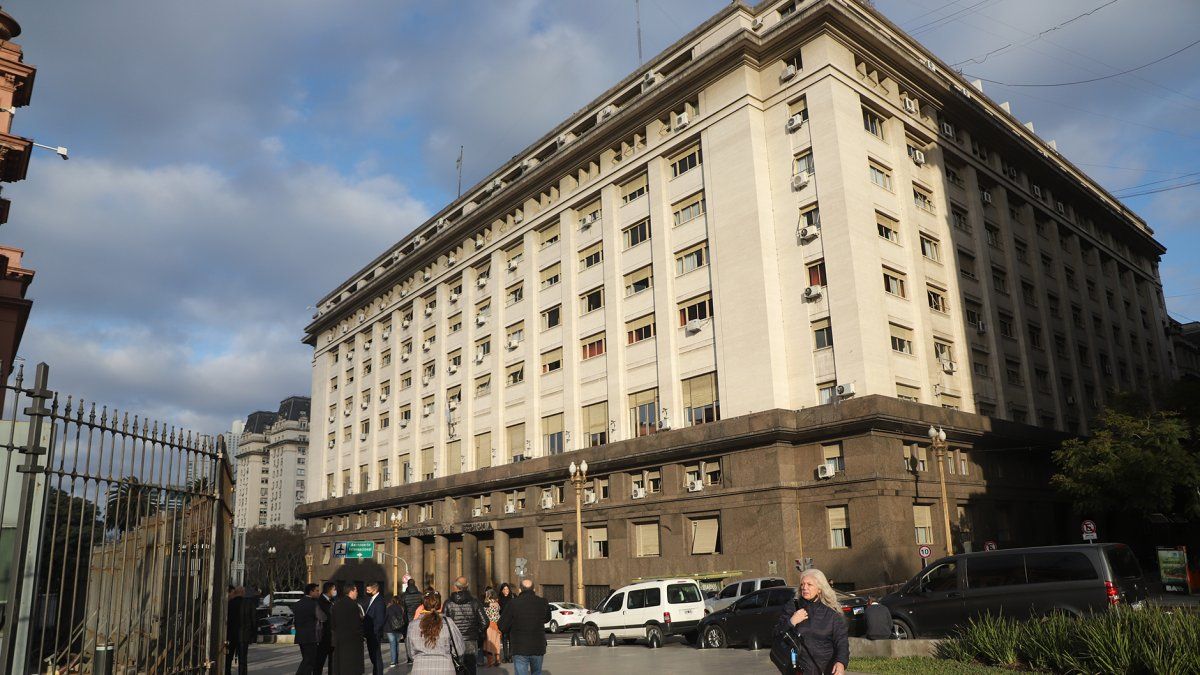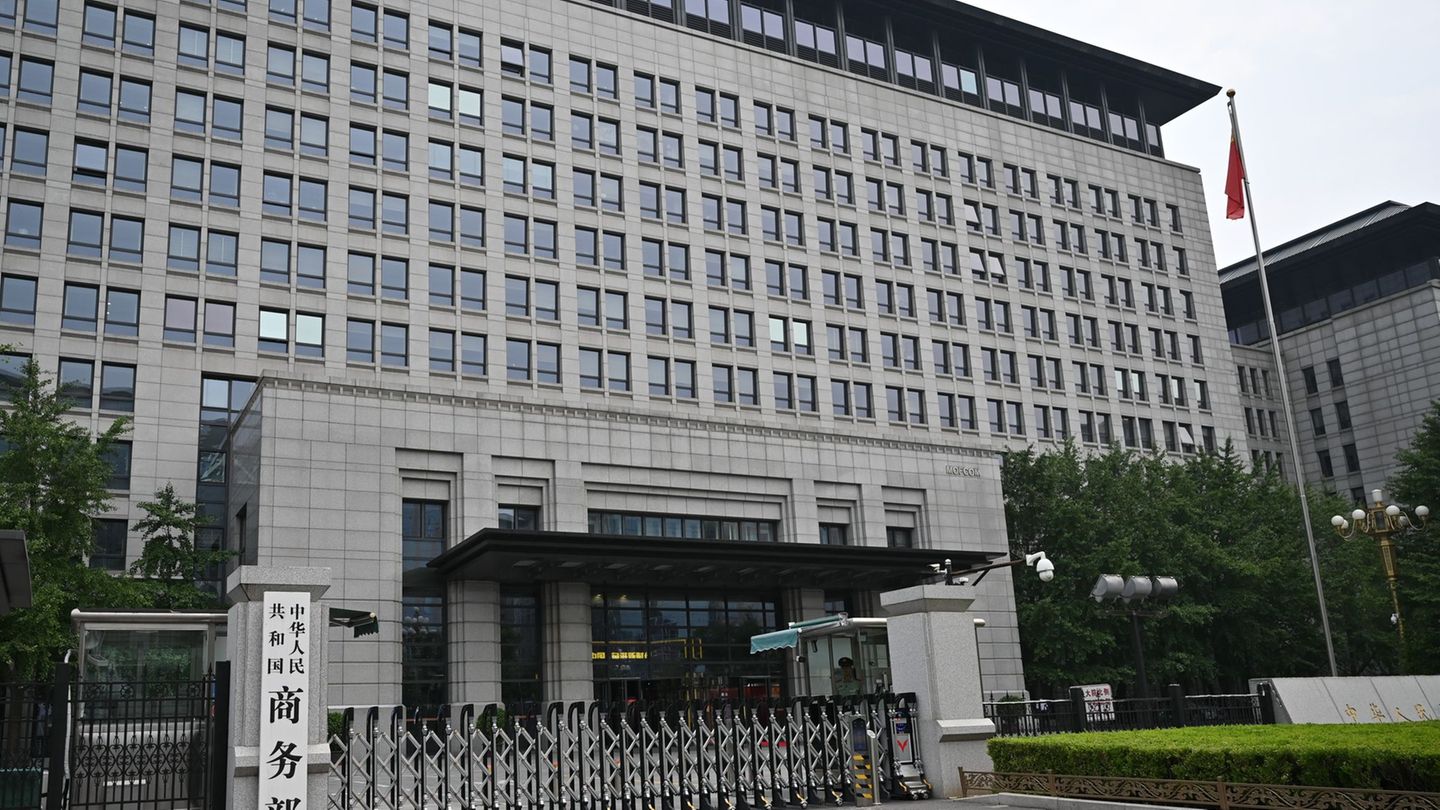The deterioration of public accounts deepened in May, according to private estimates. Some signs of this can be seen in the net financing obtained last month by the Ministry of Finance and in the need for the Treasury to resort twice to the help of advances from the Central Bank.
According to an estimate of Personal Portfolio Investments (PPI), in May the fiscal deficit would have climbed to little more than $767,000 millionwhich represents a growth of 131% compared to what was in April.
The brokerage firm reaches that conclusion by counting the Total financing needs for the month. The Treasury obtained net financing in last month’s tenders for $499,300 million and direct monetary assistance from the BCRA (Transitory Advances) for $440,000 million. Of that, the public sector would have allocated $172,000 million to buy foreign currency. The rest would have been used to cover fiscal needs.
As PPI points out, there could be some difference if the Treasury has decided to deposit part of what was obtained from the market.
“Although we cannot affirm that the fiscal red for May is in the order of $800,000 million, we expect it to at least double the April deficit of $331,373 million. Looking back, this is not a common occurrence,” PPI notes. The statement has to do with the fact that the primary result for May is generally in line with that for April.
The report indicates that “only in 2022 did we notice that there was a strong deterioration, having more than doubled the primary imbalance from one month to the next.”
“What would explain this strong deterioration in the fiscal accounts? We believe that tax collection plummeted, while spending remained at typical levels for May,” the report states.
However, as indicated by the Argentine Institute for Fiscal Analysis (IARAF) in a recent study, a large part of the collapse in public resources It is also due to the fact that in 2022 Economía could add the accounting income obtained from primary placements according to the agreement with the IMF. Last year they added 0.3 points of the Gross Domestic Product (GDP), this year the use of these revenues is prohibited and that would explain 40% of the deficit this year.
On the other hand, according to the Center for Argentine Political Economy (CEPA), already in the first four-month period the Government accumulated almost the entire deficit target agreed with the IMF for the end of the second quarter. Between January and April the red was $1 trillion with a goal of $1.85 trillion. From there it can be deduced that despite the cost adjustments that the Ministry of Economy has been carrying out, this is not enough, so it will surely have to be included in the new goals that are negotiated with the credit agency.
Source: Ambito




